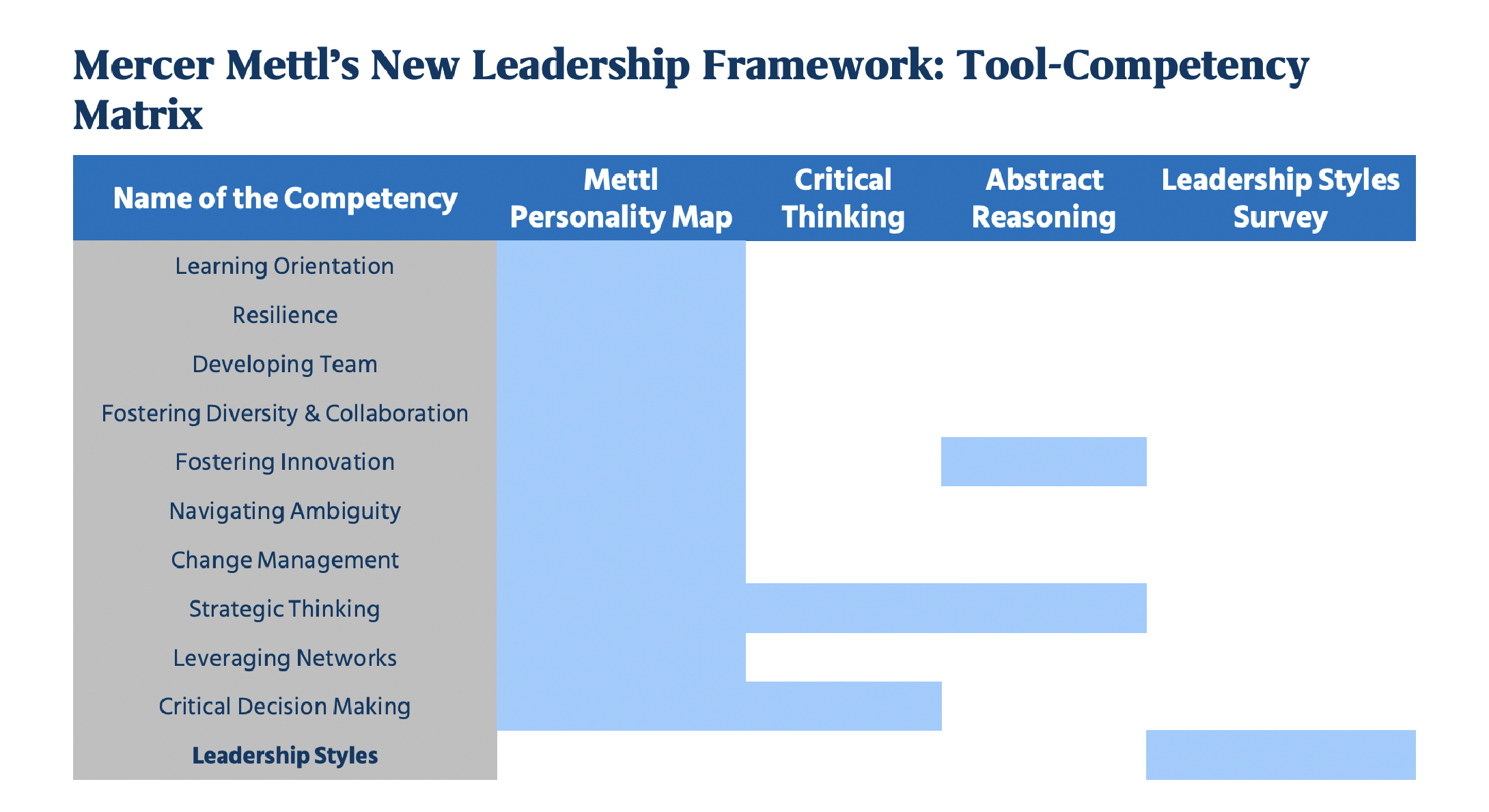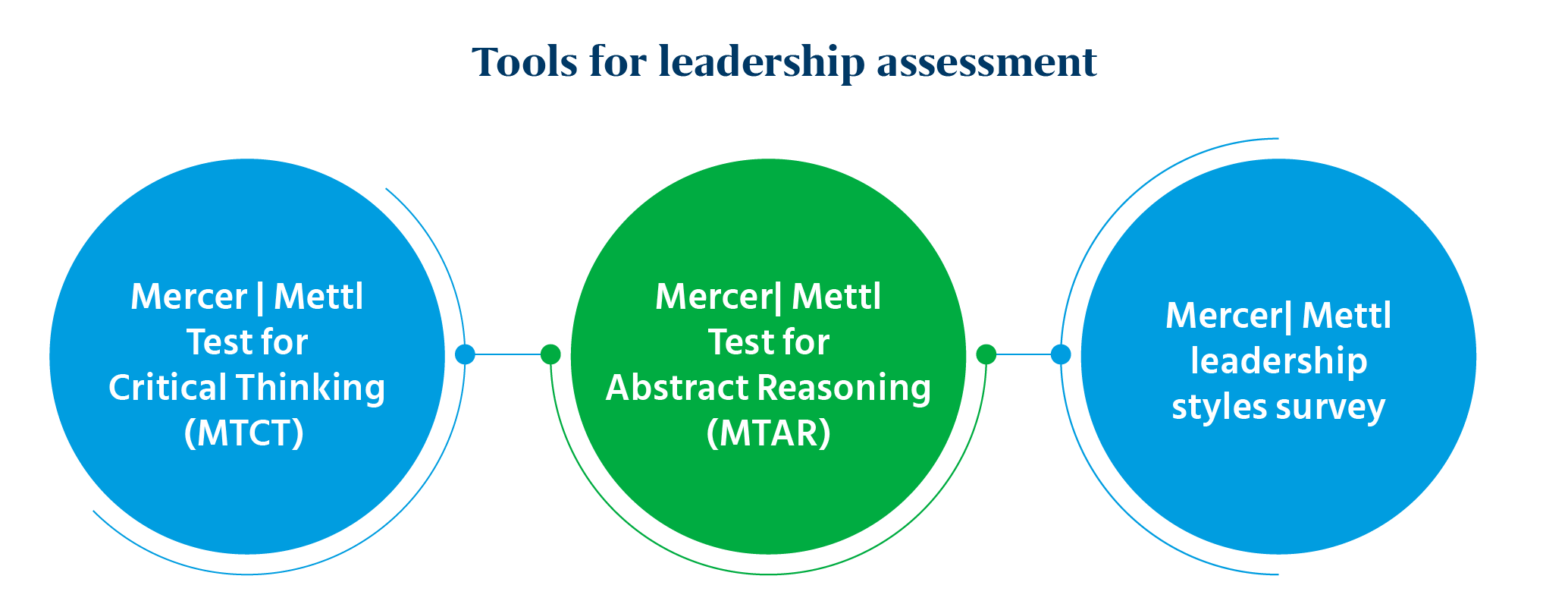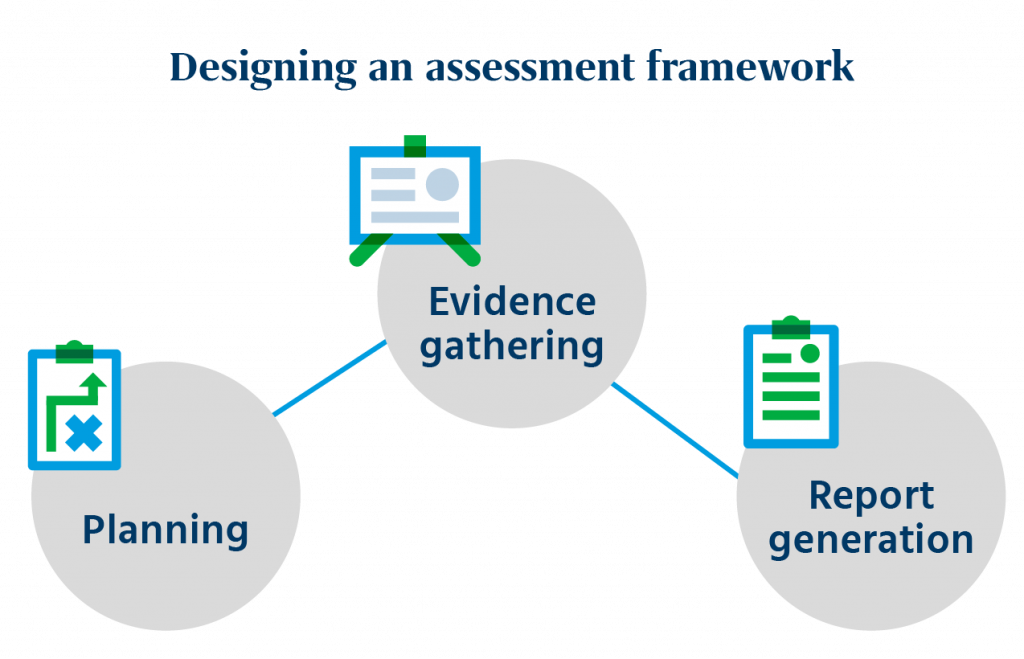Role of online assessments in leadership development
Leadership assessments are a surefire way to determine whether an individual’s caliber, interest and abilities align with the job requirements. Most importantly, they provide leaders with insights into what they did well and where they faltered, helping them understand their style and pave the growth trajectory. The results of the assessments can help address areas of improvement, which can significantly improve teamwork and communication, strategic and critical thinking skills, the ability to delegate tasks effectively, etc. In addition, leadership tests that focus on assessing personality traits can help leaders demystify crucial competencies – a must-have for improving productivity and achieving organizational goals.
Online assessment tools can help determine how an individual might fit into a specific function in an organization based on the role requirements. For example, it’s vital to possess Emotional Intelligence, Intelligence Quotient (IQ), and technical skills as a leader. Moreover, the ability to deal with situations involving criticism, pressure and failure has taken precedence. Hence, online tests help assess leadership competencies across domains and produce measurable outcomes.

Unleash the power of a cutting-edge leadership personality assessment tool: Mercer | Mettl Personality Map
Leveraging over eight years of experience in providing state-of-the-art leadership development strategies and solutions for varied talent assessments to Indian and global organizations, Mercer | Mettl pioneered a new personality assessment tool specifically catering to organizational needs. This new tool is an amalgamation of rigorous and evidence-based psychological science and industry-relevant, client-focused applications.
Mercer | Mettl Personality Map (MPM) is a contemporary, evidence-based personality assessment that assesses critical job-focused personality traits and behavioral inclinations. It can be implemented across employees’ life cycles, from personnel selection to training and development and help employers gain access to otherwise inaccessible information about a person, critical in influencing their behavior at work.
The science behind Mercer | Mettl Personality Map (MPM)
MPM measures 28 work-relevant personality traits. Our team of psychometricians went beyond the well-established ‘Big Five’ Model of personality, which uses five factors or broad personality trait categories to describe people. MPM does not discard the old model of personality but goes beyond it. It measures personality via unique and innovative 28 facets that are mapped to the organization’s or job roles’ specific performance models or behavioral competencies to optimally predict job success.
An essential tool in the leadership development strategy, MPM can help identify an individual’s relative strengths or weaknesses within a job setting. Information about such intrapersonal and interpersonal variables interfering with one’s desired performance would help organizations design the most effective training programs. Therefore, we recommend using MPM along with other measures to achieve the best results in this setting.
The assessment is more comprehensive and in-depth and measures new-age traits, especially relevant to higher-order competencies. Therefore, using this measure to assess senior-level employees would benefit.
In addition to MPM, Mercer | Mettl also offers various other powerful tools for leadership assessment. They include:

Mercer | Mettl Test for Critical Thinking (MTCT) is a tool for assessing critical thinking ability. Critical thinking is defined as recognizing problems and solving them efficiently by critically analyzing the given information to identify assumptions, draw inferences and evaluate arguments. The MTCT evaluates the critical thinking ability of a participant across various important roles at all job levels across industries. Therefore, this assessment can be used in hiring and learning and development setting.
Mercer | Mettl Test for Abstract Reasoning (MTAR) is a tool for assessing the abstract reasoning ability of candidates employed across industries for various job roles. Abstract reasoning is defined as applying learnings to solve novel problems by connecting different information points to grasp the bigger picture, detecting patterns and relationships and solving complex problems by devising innovative solutions. This test can be used in both recruitment and development settings.
Mercer| Mettl leadership styles survey is an online psychometric tool that evaluates leaders’ behavioral patterns to influence their behaviors. It implies the approach leaders undertake to assist their subordinates and motivate them to meet the performance targets.









 Behavioral Competencies
Behavioral Competencies Cognitive Competencies
Cognitive Competencies Coding Competencies
Coding Competencies Domain Competencies
Domain Competencies





































Would you like to comment?